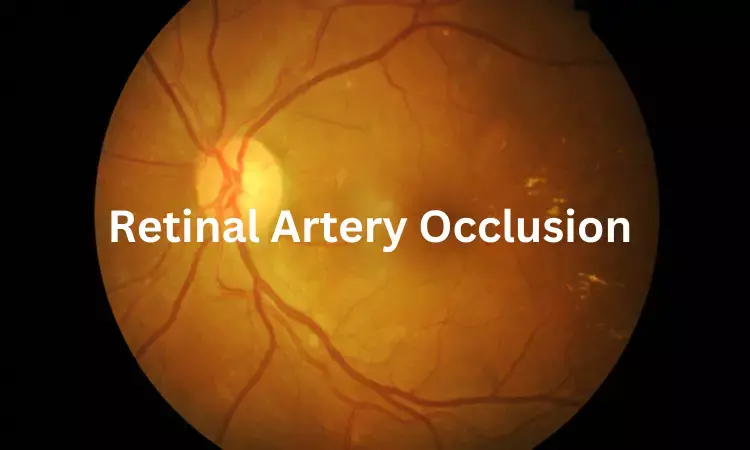- Home
- Medical news & Guidelines
- Anesthesiology
- Cardiology and CTVS
- Critical Care
- Dentistry
- Dermatology
- Diabetes and Endocrinology
- ENT
- Gastroenterology
- Medicine
- Nephrology
- Neurology
- Obstretics-Gynaecology
- Oncology
- Ophthalmology
- Orthopaedics
- Pediatrics-Neonatology
- Psychiatry
- Pulmonology
- Radiology
- Surgery
- Urology
- Laboratory Medicine
- Diet
- Nursing
- Paramedical
- Physiotherapy
- Health news
- Fact Check
- Bone Health Fact Check
- Brain Health Fact Check
- Cancer Related Fact Check
- Child Care Fact Check
- Dental and oral health fact check
- Diabetes and metabolic health fact check
- Diet and Nutrition Fact Check
- Eye and ENT Care Fact Check
- Fitness fact check
- Gut health fact check
- Heart health fact check
- Kidney health fact check
- Medical education fact check
- Men's health fact check
- Respiratory fact check
- Skin and hair care fact check
- Vaccine and Immunization fact check
- Women's health fact check
- AYUSH
- State News
- Andaman and Nicobar Islands
- Andhra Pradesh
- Arunachal Pradesh
- Assam
- Bihar
- Chandigarh
- Chattisgarh
- Dadra and Nagar Haveli
- Daman and Diu
- Delhi
- Goa
- Gujarat
- Haryana
- Himachal Pradesh
- Jammu & Kashmir
- Jharkhand
- Karnataka
- Kerala
- Ladakh
- Lakshadweep
- Madhya Pradesh
- Maharashtra
- Manipur
- Meghalaya
- Mizoram
- Nagaland
- Odisha
- Puducherry
- Punjab
- Rajasthan
- Sikkim
- Tamil Nadu
- Telangana
- Tripura
- Uttar Pradesh
- Uttrakhand
- West Bengal
- Medical Education
- Industry
Retinal Artery Occlusion Significantly Increases Risk of Ischemic Stroke: Meta-Analysis Shows

Thailand: A systematic review and meta-analysis published in Scientific Reports has revealed a significant association between retinal artery occlusion (RAO) and ischemic cerebrovascular disease (CVD). The findings emphasize the importance of stroke risk assessment in patients presenting with RAO.
- The overall incidence of ischemic cerebrovascular disease (CVD) in patients with retinal artery occlusion (RAO) was 13.6%.
- Central retinal artery occlusion (CRAO) had an incidence of 14.4%, while branch retinal artery occlusion (BRAO) showed a higher incidence of 22.2%.
- Patients with CRAO had a 1.6-fold greater risk of ischemic CVD compared to those with BRAO (OR 1.59).
- Individuals with any form of RAO had a 2.75-fold increased likelihood of developing ischemic cerebrovascular events compared to those without RAO.
- Significant risk factors for ischemic CVD in RAO patients included atrial fibrillation (OR 1.32), chronic heart failure (OR 1.51), valvular heart disease (OR 1.60), dyslipidemia (OR 1.30), and smoking (OR 1.16).
- The findings underscore the importance of managing modifiable cardiovascular risk factors to reduce the risk of ischemic events in RAO patients.
Dr Kamal Kant Kohli-MBBS, DTCD- a chest specialist with more than 30 years of practice and a flair for writing clinical articles, Dr Kamal Kant Kohli joined Medical Dialogues as a Chief Editor of Medical News. Besides writing articles, as an editor, he proofreads and verifies all the medical content published on Medical Dialogues including those coming from journals, studies,medical conferences,guidelines etc. Email: drkohli@medicaldialogues.in. Contact no. 011-43720751


